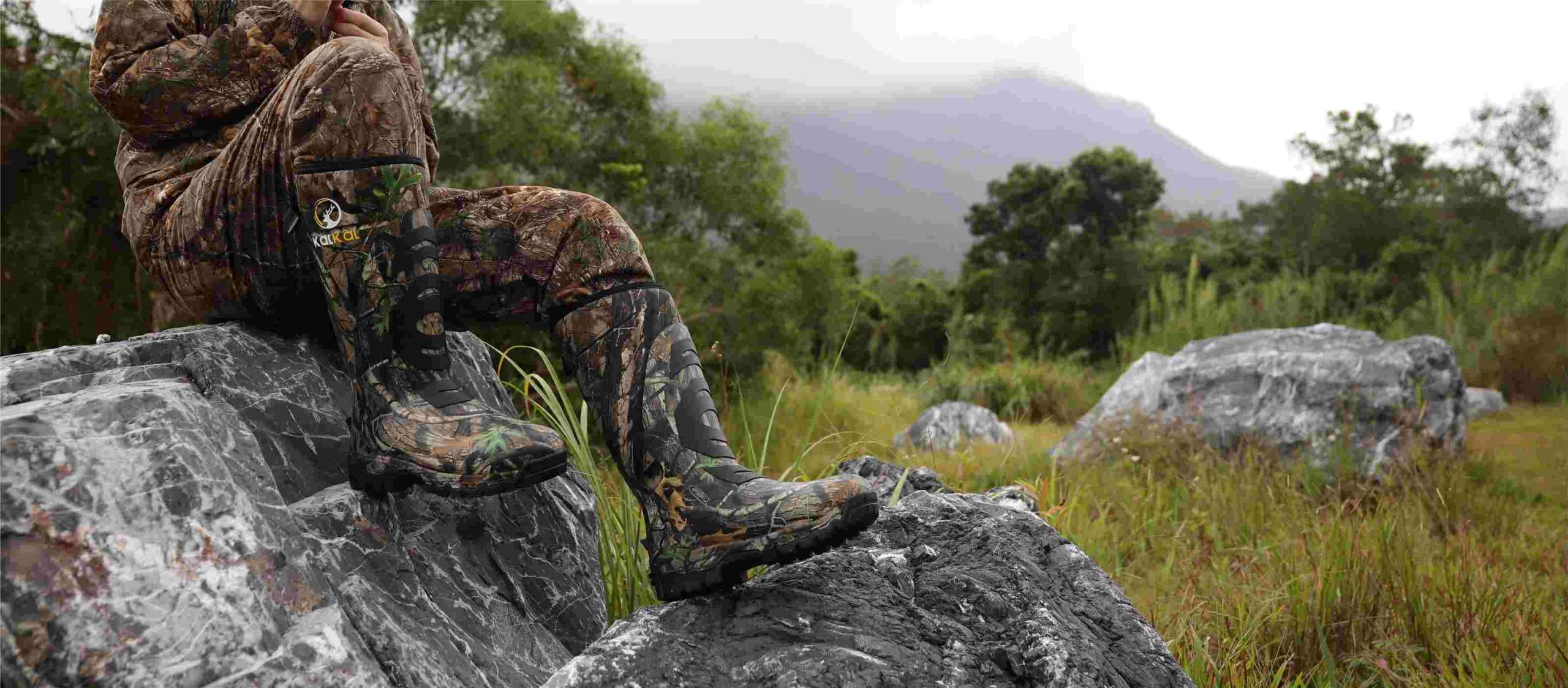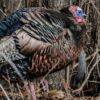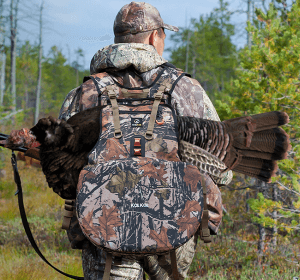In terms of hunting equipment, hunting boots are one of the most important items that a hunter needs to purchase. Your hunting experience can be made much more enjoyable by selecting the right hunting boot. In today’s market, there are different types of hunting boots available, which makes it difficult for consumers to choose the right hunting boots.
In this guide, we will walk you through the important factors to consider when selecting hunting boots. By understanding these key elements, you’ll be well-equipped to make an informed decision and find the perfect hunting boots for your needs.
Good hunting boots need to offer adequate support and traction, moisture-wicking, insulation and withstand rugged terrain and the elements. The following are some of the important factors that you need to consider when choosing the right hunting boots:
Various Terrains
There is a direct connection between the terrain and how well the boots will wear and how much support they will offer. Different terrains require specific types of hunting boots to ensure optimal performance and protection.
Deer hunting boots:
- Consider boots with a balance of support, traction, and stealth.
- Boots with scent control technology help minimize human odor, increasing your chances of not being detected by deer.
- Deer hunting often involves long periods of walking and standing, so good ankle support and comfort are essential.
Upland hunting:
- Upland hunting often involves traversing rough terrain, so durable materials are essential.
- Since upland hunting can involve a lot of walking, lightweight hunting boots are preferred.
- Good traction is important for navigating hills, rocks, and uneven surfaces.
Mountain hunting:
- Mountainous terrain demands boots with excellent ankle support and stability.
- Mountains can have unpredictable weather, so waterproofing is crucial. Breathability helps manage sweat during strenuous climbs.
- High-traction outsoles are necessary for rocky and uneven surfaces.
- Depending on the altitude and weather, insulation may be needed for colder climates.
Duck Hunting:
- Duck hunting often involves in wet environments, so waterproof hunting boots are a must.
- You may need to go into cold water, so insulated boots will keep your feet warm.
- Slip-resistant soles are crucial for navigating wet and slippery surfaces.
- Many duck hunting boots are made of neoprene material that provides flexibility and comfort.
Turkey Hunting:
- Turkeys have excellent eyesight, and a quiet, lightweight boot is crucial for stalking.
- Boots with noise reduction features help you move quietly through the woods.
- You may need to walk through varied terrains, ankle support is important for stability.
Matching your boots to different hunting activities and terrains will enhance your comfort and overall hunting experience.
Insulation
Weather conditions play a significant role in selecting the right hunting boots, so you should also take insulation into account. Boots with greater insulation will be warmer. Having insulated boots will keep your feet warm in cold weather hunting.
Here is the hunting boot insulation rating that you should get based on the weather in your place:
- 0-200 grams: Suitable for mild weather and high-intensity activities.
- 400-800 grams: Ideal for cold climates and snow days and require low activity.
- 1,000 grams and higher: Great for extreme cold climates and sedentary activities.
Choosing boots that have a sufficient amount of insulation for your needs will ensure that you find the best cold-weather hunting boots on the market today!
⇒Want to learn more about insulated boots? Read: Non-Insulated Boots vs. Insulated Boots Comprehensive Guide
Great Tractions
During hunting, you will need to navigate slippery rocks, muddy trails, or wet surfaces. It is better to have a good pair of hunting boots that provide reliable traction for safety and stability.
Choose boots that have well-designed outsole with deep lugs or tread patterns. This can effectively reduce the risk of falling or slipping.
Moreover, boots with superior traction allow for quieter movement through the woods. This is particularly crucial for hunters trying to approach game animals without alerting them to their presence.
Waterproofing and Breathability
Hunting often involves encountering wet or damp environments, so waterproofing is essential to keep your feet dry. GORE-TEX, rubber, leather and other synthetic materials are often used in hunting boots to make them waterproof.
When walking in a place where the soil is finer grain sand, the dust and dirt can enter your shoes and boots through the top end. Waterproof boots keep this from happening.
When walking on wet ground, ensure your boots are high enough above your ankles so water does not drain over the top if you step into a puddle.
What’s more, you should look for boots that are made from materials that are breathable. Boots with breathable linings and moisture-wicking properties help regulate temperature and reduce the risk of blisters.
Proper Size
Size is one of the most important factors in the success of a boot. Bring the socks you plan to wear in the field when trying on boots, make sure to check the fit both with and without socks on.
There is a risk of your heel sliding up or down if your boots are too large, and your feet will be able to move forward or back, which will cause discomfort and blisters as a result. And constriction can occur when boots are too tight.
If you are not sure how should your hunting boot fit, check out Boot Size Guide on how to measure your feet correctly.
Break In New Boots
Breaking in most boots can be a time-consuming process, especially for hunting boots that are typically crafted from stiff leather or tough rubber. These materials need to be softened and made flexible in specific areas like the ankles, insteps, and toes to ensure optimal performance.
Taking the time to break in boots will make them more comfortable and make them last longer. Also, having your feet familiar with the boots, they are less likely to experience blisters and soreness. So before the hunt, wear your new hunting boots as much as possible.
Conclusion
The right boots can make or break your hunt, and it takes time and effort to choose the right hunting boots. Try on several different pairs of boots while you are shopping so that you can find the one that suits you best.
The boots you choose should be comfortable to wear for you, and if they don’t, then you should choose another one. There is one thing that you need to remember is persevere, and you will eventually find the best boots for hunting.






















Leave a reply